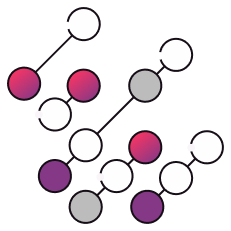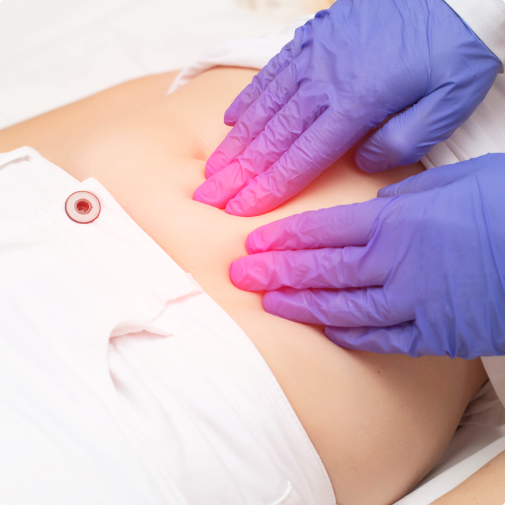Uterine Fibroids
Know your enemy! Learn more about fibroids so you can learn how to more effectively fight them.

Uterine fibroids, also known as leiomyomas, are firm, compact tumors that are made up of smooth muscle cells and fibroid connective tissue, ranging from as small as a seed to as large as a melon.

You can have either one or multiple fibroids, and while many experience debilitating symptoms, some do not experience symptoms at all.
Every 10 minutes, 12 hysterectomies are performed in the United States.
Even more astonishing, up to nine of them did not meet the guidelines for a hysterectomy- rendering those procedures medically unnecessary.
Due to the fact that patients are not always made aware of other options, up to 60 percent of these surgeries are performed for the treatment of uterine fibroids.

What Are Uterine Fibroids?
Uterine fibroids, also known as leiomyomas, are firm, compact tumors that are made up of smooth muscle cells and fibroid connective tissue, ranging from as small as a seed to as large as a melon. You can have either one or multiple fibroids, and while many experience debilitating symptoms, some do not experience symptoms at all.
African American women between the ages of 18-35 are most likely to develop fibroids; however, any woman can develop them during their lifetime.
Fibroid symptoms include: heavy or prolonged periods lasting 10+ days, difficulty emptying your bladder, frequent urination, constipation, lower back or leg pain, bleeding between cycles, protruding belly/abdomen, and/or pelvic pain or pressure.
If the mother or sister has had fibroids, being from African American descent, started menstruating at an early age, use of birth control, obesity, a vitamin D deficiency, and diet can all affect your risk of developing fibroids.
Most fibroids are diagnosed during a routine pelvic exam; however this is not always the case. Interventional radiologists use ultrasound technology, lab tests (a complete blood count, or CBC), MRI, Hysterosonography, Hysteroscopy, or X-Ray depending on the individual situation.
The only way to know for sure that you have fibroids is to see a doctor. Women seeking treatment for uterine fibroids typically make appointments with several specialists to explore fibroid treatment options. Recent advances in medical technology have led to the development of less invasive treatments that allow a woman to keep her uterus.
Non-Surgical Treatments
- Uterine Fibroid Embolization (UFE) – An interventional radiologist uses imaging with non-surgical treatments to remove fibroids. After an ultrasound or MRI, the interventional radiologists can determine if you have fibroids UFE is done by injecting microscopic particles into particular targeted arteries to selectively block blood flow to the fibroids, causing them to shrink.
Surgical Treatments
- Myomectomy (surgical removal of fibroids from uterus), options include abdominal, laparoscopic and hysteroscopic procedures
- Endometrial ablation (treating the uterine lining to reduce menstrual bleeding)
- Hysterectomy (removal of uterus), options include abdominal, laparoscopic and vaginal
